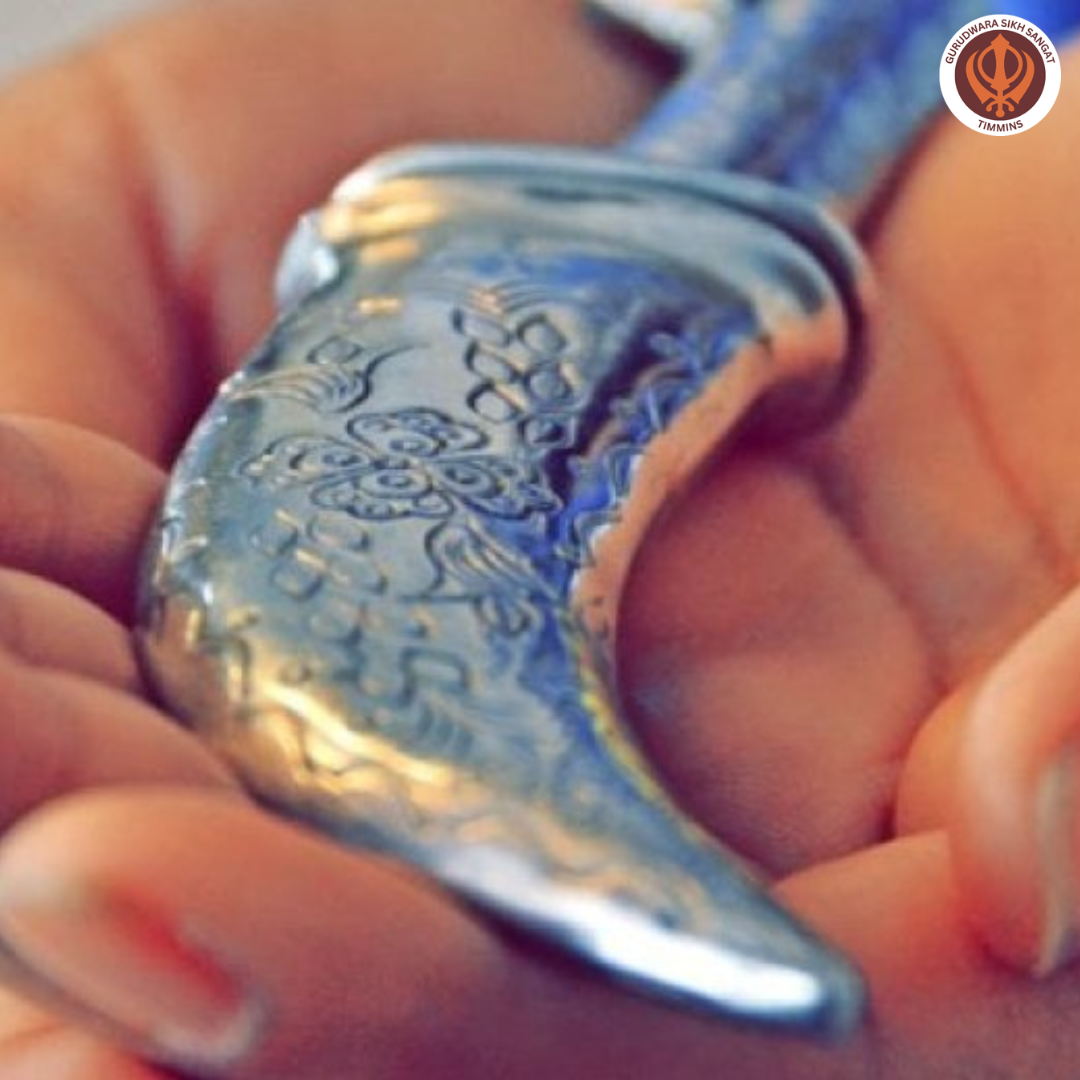

Embracing Identity – The Kaur

When people talk about Sikh identity, many picture a Singh: beard, turban, the Five Ks – a clear, recognizable look. But with Kaurs (Sikh women), the picture is less tidy. Some keep their hair long and cover it with a turban, patka, or chuni. Others cut their hair or wear it in a bun or braid. Some always wear a head covering; others don’t. That variety can leave people – inside the community and out – wondering: is there a “right” way for a Kaur to appear?
First, it helps to remember what we mean by “physical identity.” It’s not just how someone looks. Identity mixes rules, beliefs, and daily practices with clothing, language and behaviour. For many Sikhs, outward signs – the dastaar, the five Ks, wearing a kara – are ways to live values like dignity, honesty and service out loud. But how those signs show up for women is often more fluid, and that fluidity creates questions.
Those questions quickly move from curiosity into politics. When groups decide who “counts” as a member, appearance can become a political football. With men, the visual shorthand for “Sikh” is usually straightforward with Kaurs, less so. That has ripple effects: organizations hesitating to choose images of Sikh women for brochures; community leaders unsure how to represent Kaurs in public-facing spaces; individuals feeling pressure to pick a look that signals belonging.
That pressure matters because identity is tied to belonging. For some Kaurs, experimenting with hairstyles or head coverings is part of finding where they fit – within family, faith and the wider world. For others, a consistent bana (way of dressing) is central to spiritual practice. Both paths are valid, and both shape how a woman sees herself and how others see her.
There are real consequences when representation lags behind reality. If institutions primarily show men in their materials, or only one kind of Kaur, it sends a message about who is visible and who counts. Some Kaurs feel caught between communities – not fully recognized as Sikh by outsiders, and sometimes questioned within the community. That can breed confusion and even hurt.
Yet the diversity among Kaurs also carries strengths. It reflects a living tradition that adapts across time and cultures. Different choices about hair and head coverings spark conversations about what matters most in Sikhi: is it an outward uniform – or an inward commitment to gurbani and sewa? Many would say it’s both: outward signs help bind communities, while inner devotion shapes how those signs are lived.
A helpful way forward is to center respect and freedom. Sikh history emphasizes the right to think and act responsibly. Kaurs should be free to express their faith and identity in ways that feel authentic – whether that means wearing a turban, a chunni, or no head covering at all. At the same time, honest conversations about tradition, visibility and expectation can help reduce misunderstandings.
In the end, identity does shape how people feel – about themselves and their place in a community. Finding a comfortable, coherent identity can boost confidence and well-being. But that doesn’t require everyone to look identical. A strong community makes room for multiple ways to belong, recognizing that different faces and practices can all reflect Sikh values.
If there’s one takeaway, it’s this: Kaurs are not a single portrait to be boxed in. They are a spectrum of choices and commitments. Celebrating that variety – while making sure everyone has the space and respect to choose – will make the Sikh community stronger, more visible, and more welcoming to everyone.